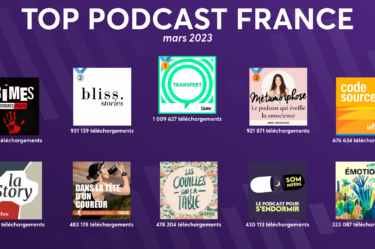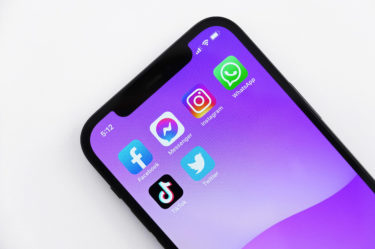In France, digital audio advertising revenues have reached €73 million in 2022, an increase of 53% compared to 2021 (source: SRI Observatoire de l’epub). The last few years have seen a rise in the use of synthetic voices in many industries. Advances in text-to-speech technologies, such as AI-based voice generation, have made it possible to create more natural and realistic voices in multiple languages and accents. Businesses first adopted this technology to automate phone calls, voicemails, and virtual assistants because it offers a cost-effective alternative to automating these tasks. The popularity of text-to-speech continues to grow as technologies improve and adapt to user needs.
Read also: Why is audio learning booming?
Voice and sound identity are key elements of brand identity (just like a name, a logo…), let’s examine how this voice AI technology is making its way into the advertising industry, whilst offering several benefits for brands. Find out what the benefits of audio advertising with synthetic voice are.
Cost-effectiveness
Synthetic voice audio advertising is often less expensive than professionally recorded voice-over audio. Brands can now save on production costs while maintaining voice quality. They can be updated and modified more easily than audio recordings, allowing brands to quickly adapt to changes in their advertising strategy.
These digital voices can be used to create a variety of audio advertisements, ranging from radio spots to telephone customer service messages, and brands can use them to create multilingual audio advertisements, which can be a significant advantage for companies with international reach.
Ease of customization
Synthetic voices can be customized to meet the specific needs of each ad. Brands can choose voices with specific tones and styles that match their advertising message. Synthetic voices can also be tailored based on the demographic preferences of target consumers, allowing brands to create more effective and relevant ads. In addition, they help maintain a consistent audio experience across all audio ads.
Read also: How does synthetic voice make accessibility easier for people with speech or vision impairments?
Synthetic voice audio advertising offers many benefits to brands, including cost reduction, personalization, flexibility, consistency and accessibility. Brands today gave everything to gain to consider digital voice audio advertising as a viable option for their digital strategies.
With the development of artificial intelligence, the rendering of synthetic voices is now very close to the human voice, even if emotion and tonality are still sometimes lacking. In view of their growing adoption, and that of voice cloning technologies (reproduction from human voice samples), we must also start thinking about ethics and transparency. Is it necessary to specify when an ad has been created using a synthetic voice?
At ETX, we have selected the best synthetic voices on the market, which we have enriched with our pronunciation lexicon, so that companies can create audio and video content from text in just a few clicks. The uses are multiple (website accessibility, audio newsletters, monitoring, internal communications in audio are also key in mobility).
Thanks to text-to-speech, we transform the websites and content of media, brands and institutions such as Le Figaro, La Tribune, Le Point, Renault and the French Senate. Discover our synthetic voices or contact us to learn more about our technology.






